Filter products
Muscles
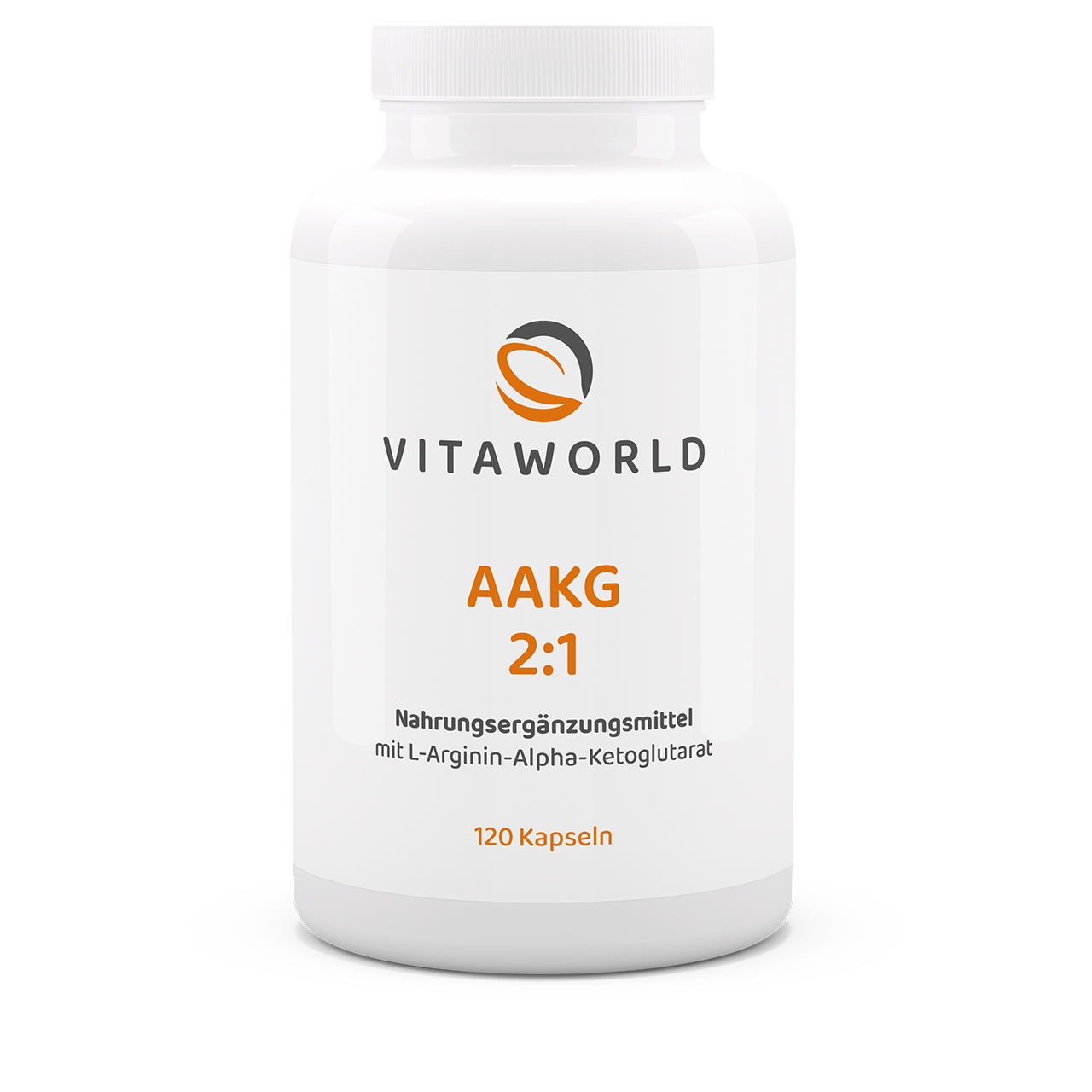
- Vegan AAKG from fermented corn – completely free from additives and genetic engineering
- L-arginine and alpha-ketoglutarate in an optimal 2:1 ratio
- 2225 mg of pure arginine per daily serving – in just 3 capsules.
Content: 0.1486 Kilogramm (€107.00 / 1 Kilogramm)
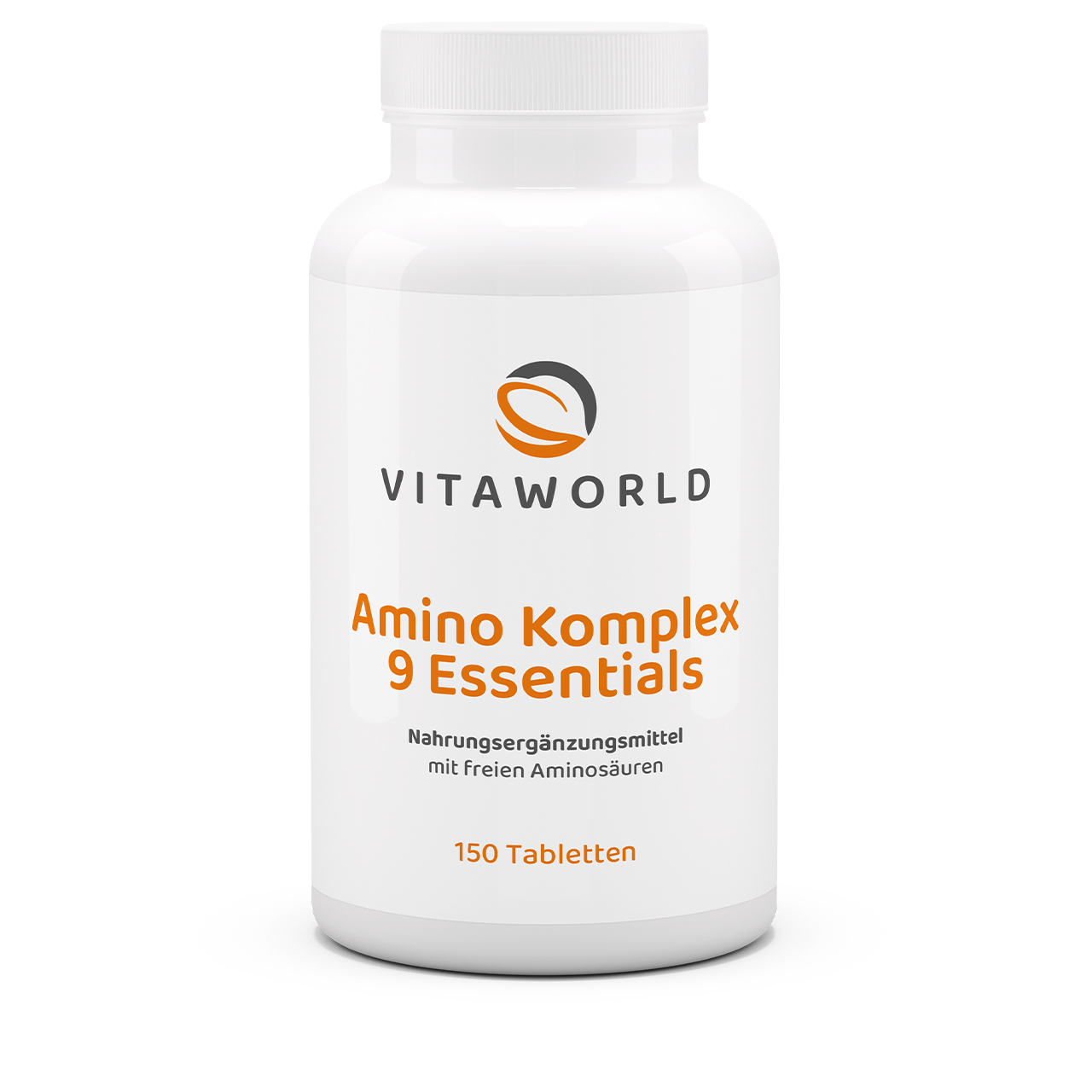
- Optimally supplied with 9 essential amino acids – ideal for active phases of life
- amino acids in pure form – plant-based, pure and carefully combined
- the daily building block for your protein-conscious lifestyle
Content: 0.1935 Kilogramm (€102.84 / 1 Kilogramm)

- A powerful combination for your active everyday life – with arginine, lysine and ornithine
- amino acids plus zinc and vitamin C – carefully combined
- for those who want more: three amino acids and two essential micronutrients
Content: 0.0732 Kilogramm (€176.23 / 1 Kilogramm)

- A powerful combination for your active everyday life – with arginine, lysine and ornithine
- amino acids plus zinc and vitamin C – carefully combined
- for those who want more: three amino acids and two essential micronutrients
Content: 0.2196 Kilogramm (€136.16 / 1 Kilogramm)

- 1,000 mg per tablet: High-dose L-citrulline – easy to dose, versatile
- Arginine precursor: Citrulline is converted into arginine in the body – for a long-lasting supply
- Noticeable resilience: As an arginine precursor, citrulline contributes to NO formation – for everyone who wants more
Content: 0.029 Kilogramm (€1,548.28 / 1 Kilogramm)
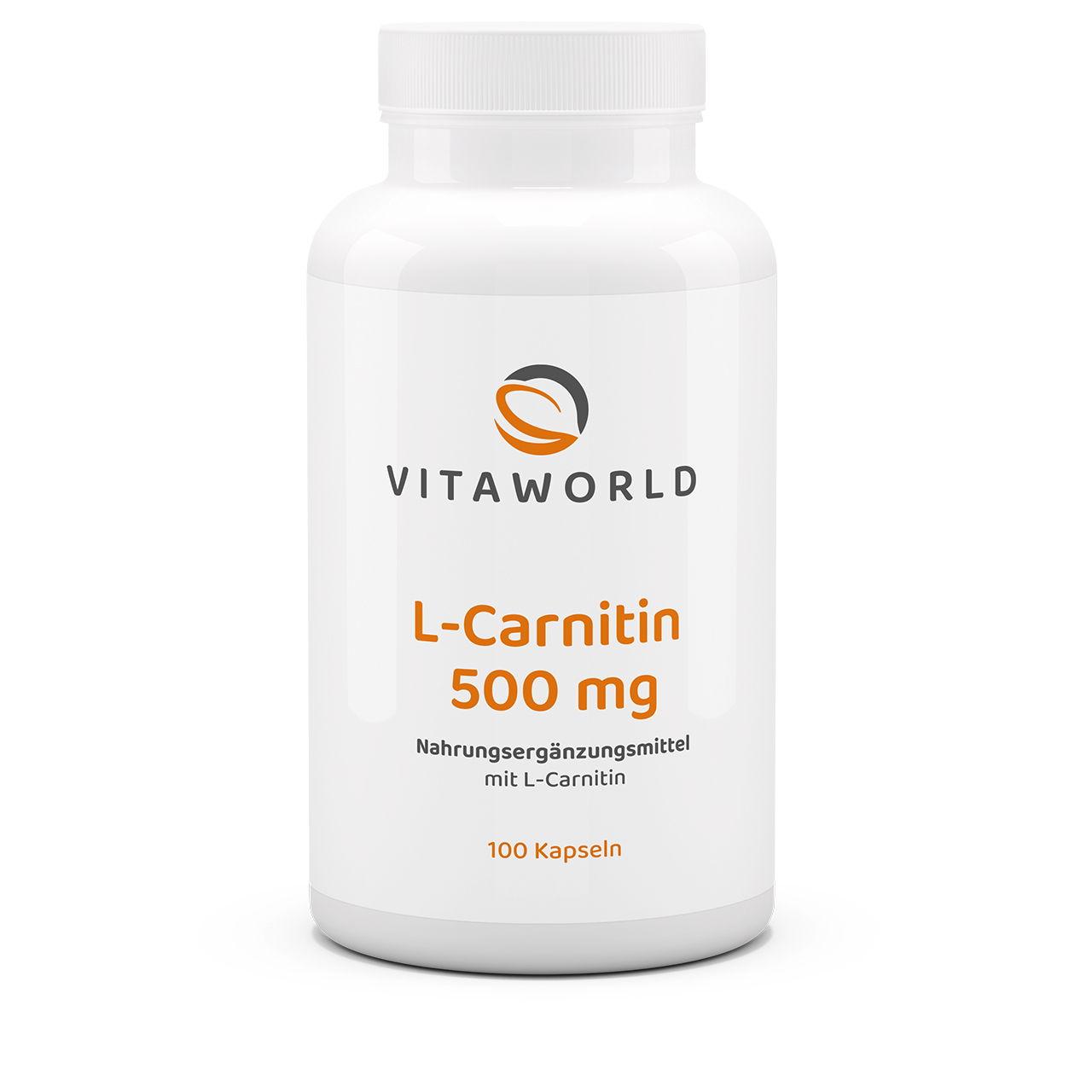
- 500 mg Carnipure® L-carnitine – high-purity branded raw material from plant fermentation
- 100% natural & vegan – excellent purity and bioavailability
- Perfect for active lifestyles – practical support before training or in everyday life
Content: 0.0921 Kilogramm (€183.50 / 1 Kilogramm)
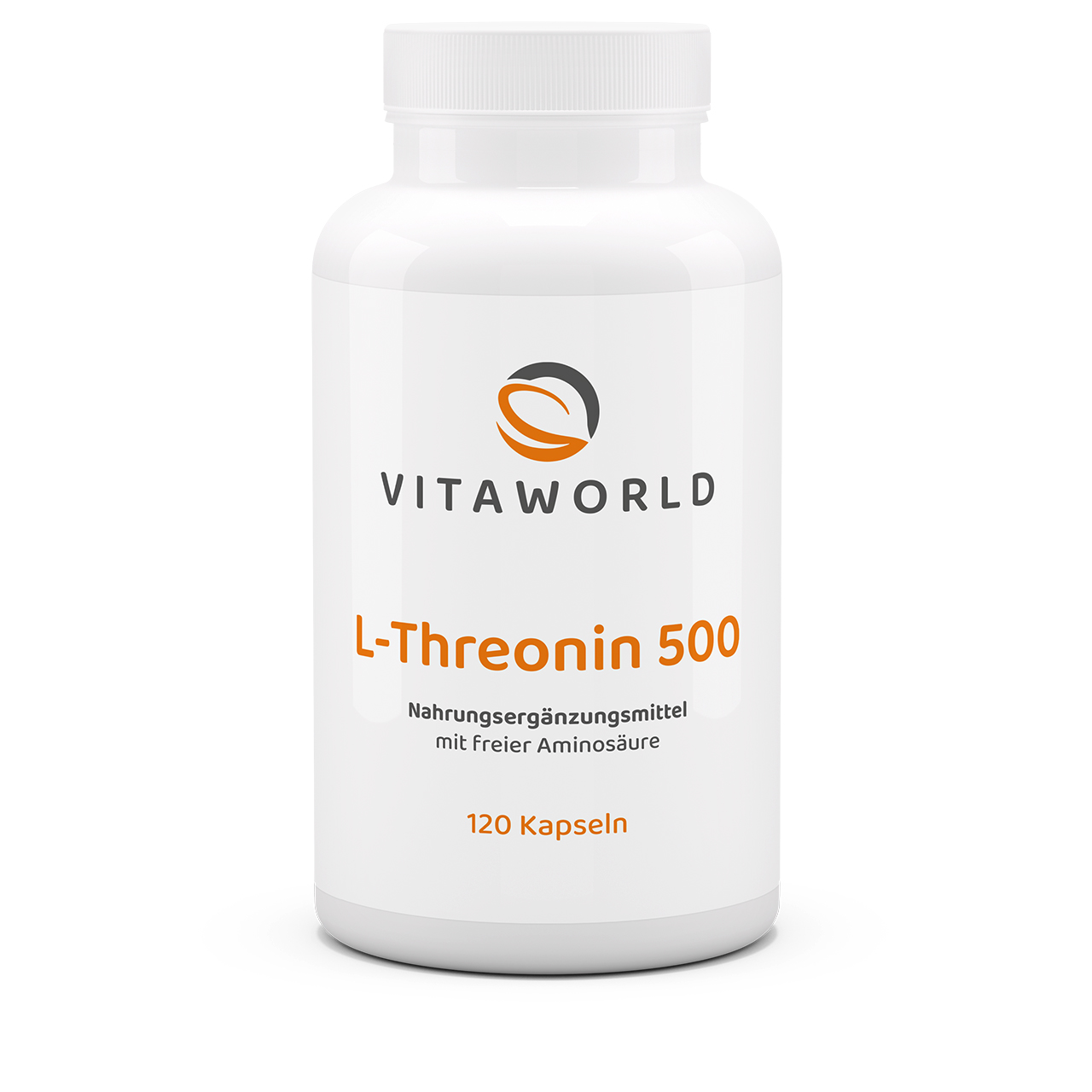
- Essential amino acid for every day – your body cannot produce it itself
- Important protein building block – found in almost all tissue structures
- Perfect for active phases and protein-conscious nutrition
Content: 0.0744 Kilogramm (€334.68 / 1 Kilogramm)
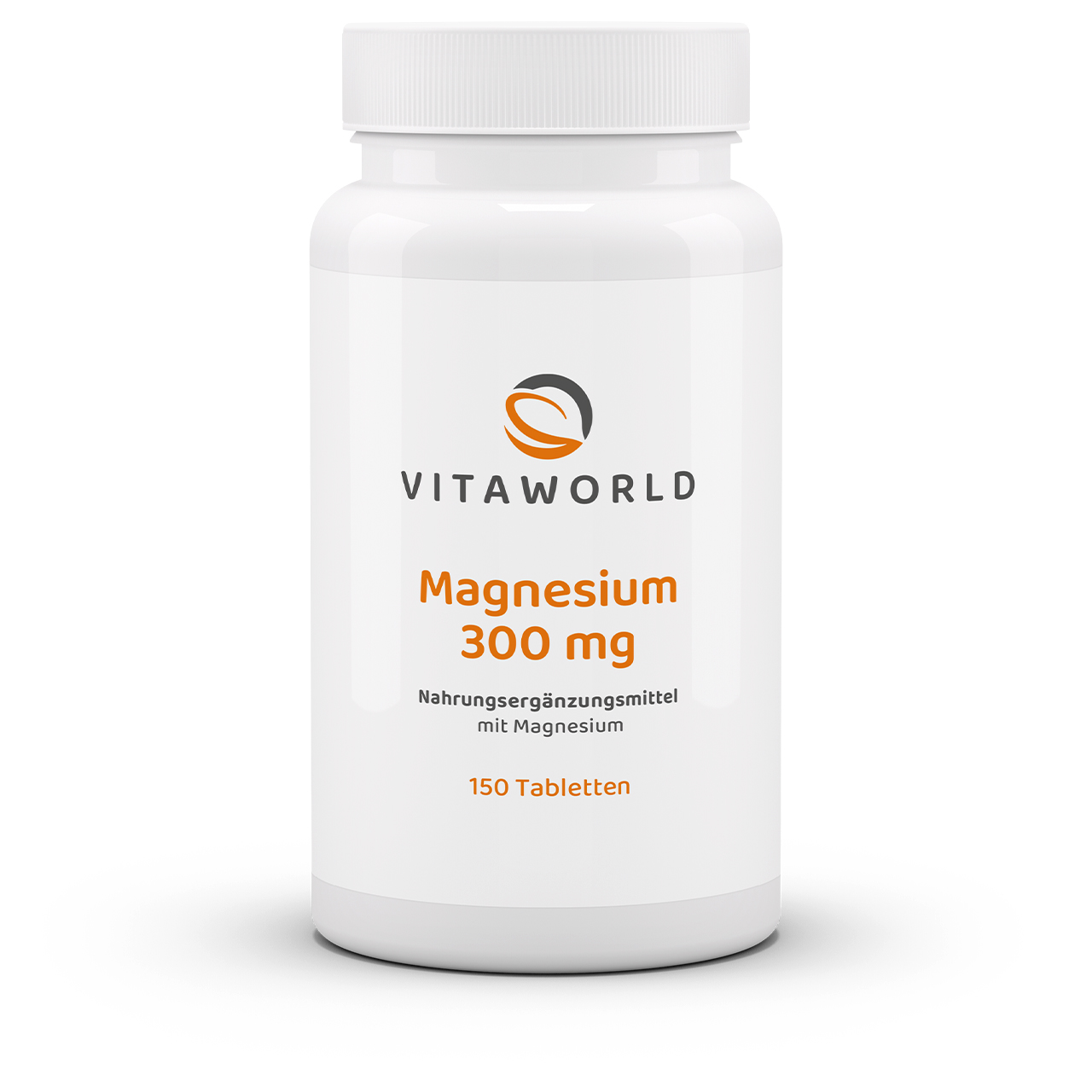
- 300 mg pure magnesium per tablet – high dose & effective
- Contributes to normal muscle function and healthy bones
- For active athletes & anyone with increased requirements – reliable supply
Content: 0.124 Kilogramm (€71.77 / 1 Kilogramm)
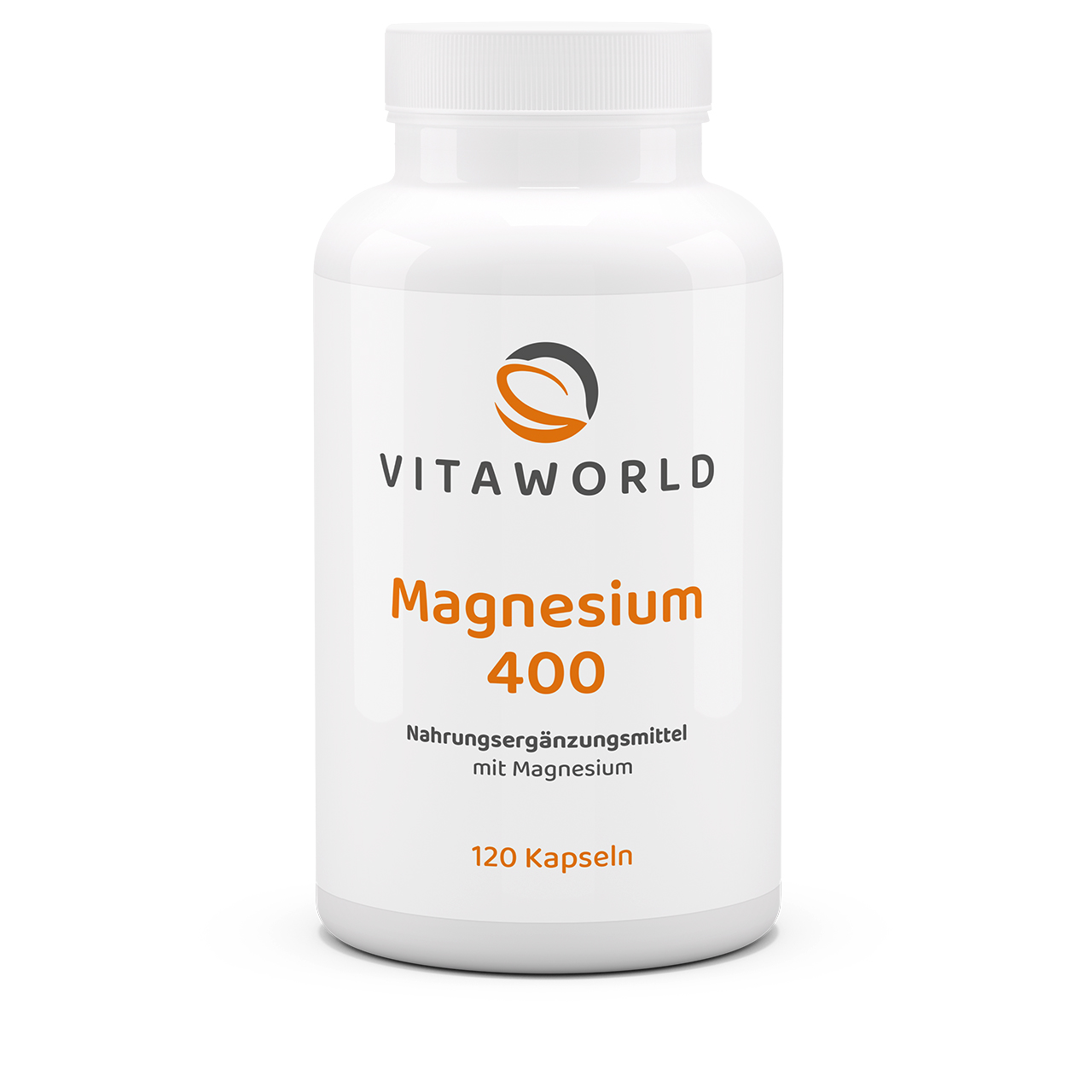
- 400 mg magnesium per capsule – extra high dose for your daily intake
- Contributes to normal muscle and nerve function
- Ideal for increased requirements – e.g. during sport, stress or an unbalanced diet
Content: 0.0941 Kilogramm (€105.21 / 1 Kilogramm)
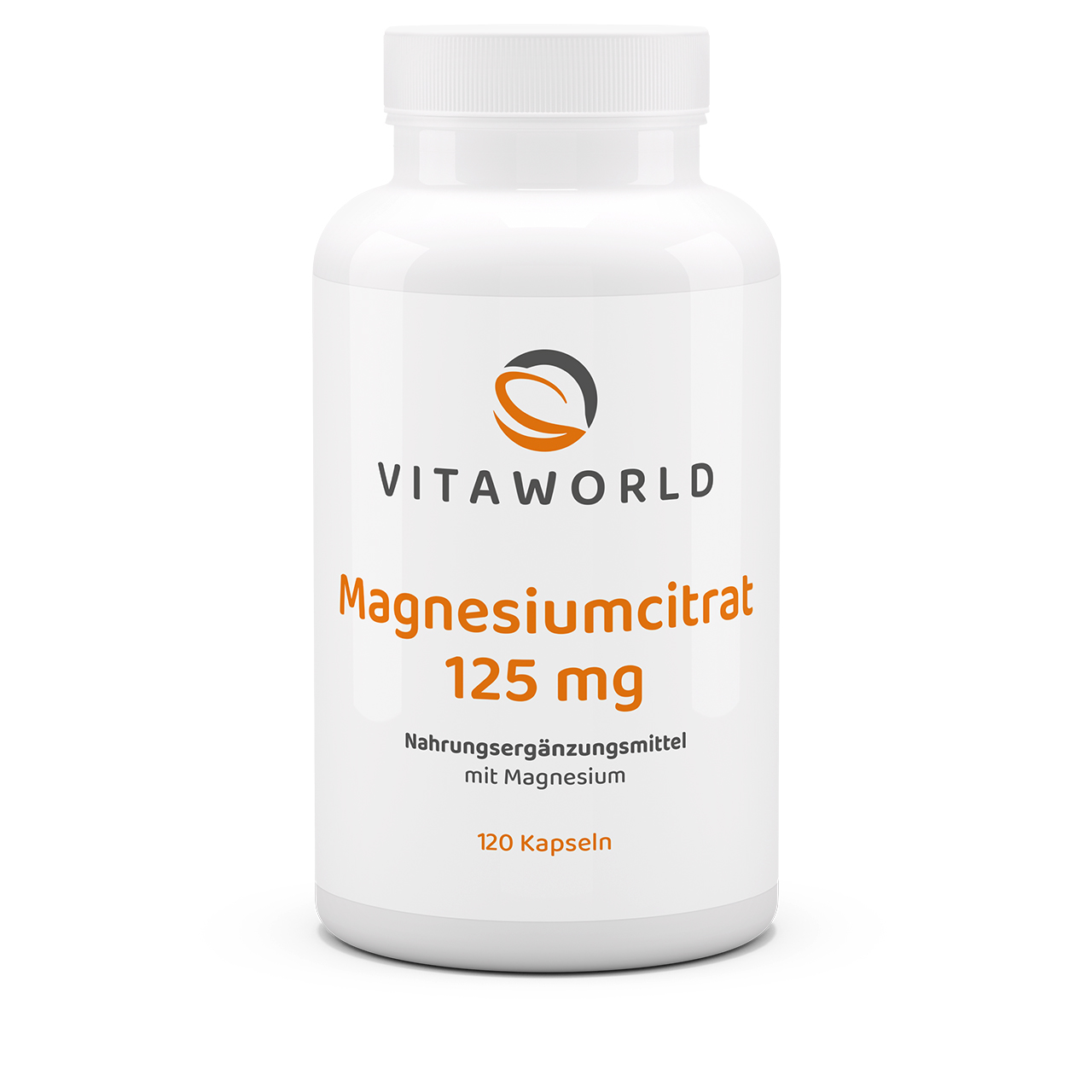
- 375 mg magnesium daily – well dosed & quickly available
- For muscles, bones & energy metabolism
- Citrate form with high bioavailability – particularly well tolerated
Content: 0.112 Kilogramm (€115.18 / 1 Kilogramm)
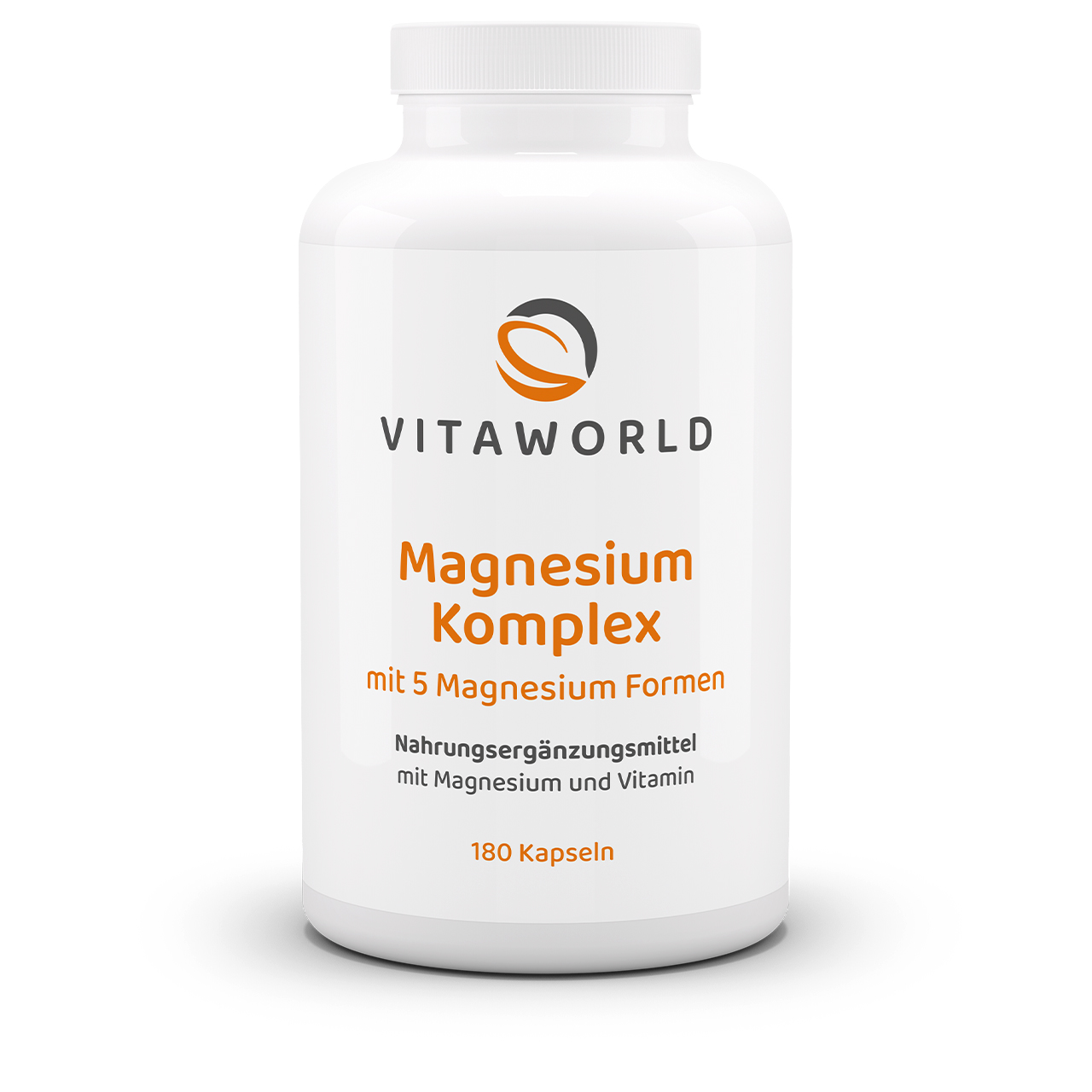
- 5 forms of magnesium as a highly available magnesium complex
- 375 mg pure magnesium – ideal for daily intake
- With vitamin B6 – an important cofactor of magnesium
Content: 0.161 Kilogramm (€123.60 / 1 Kilogramm)
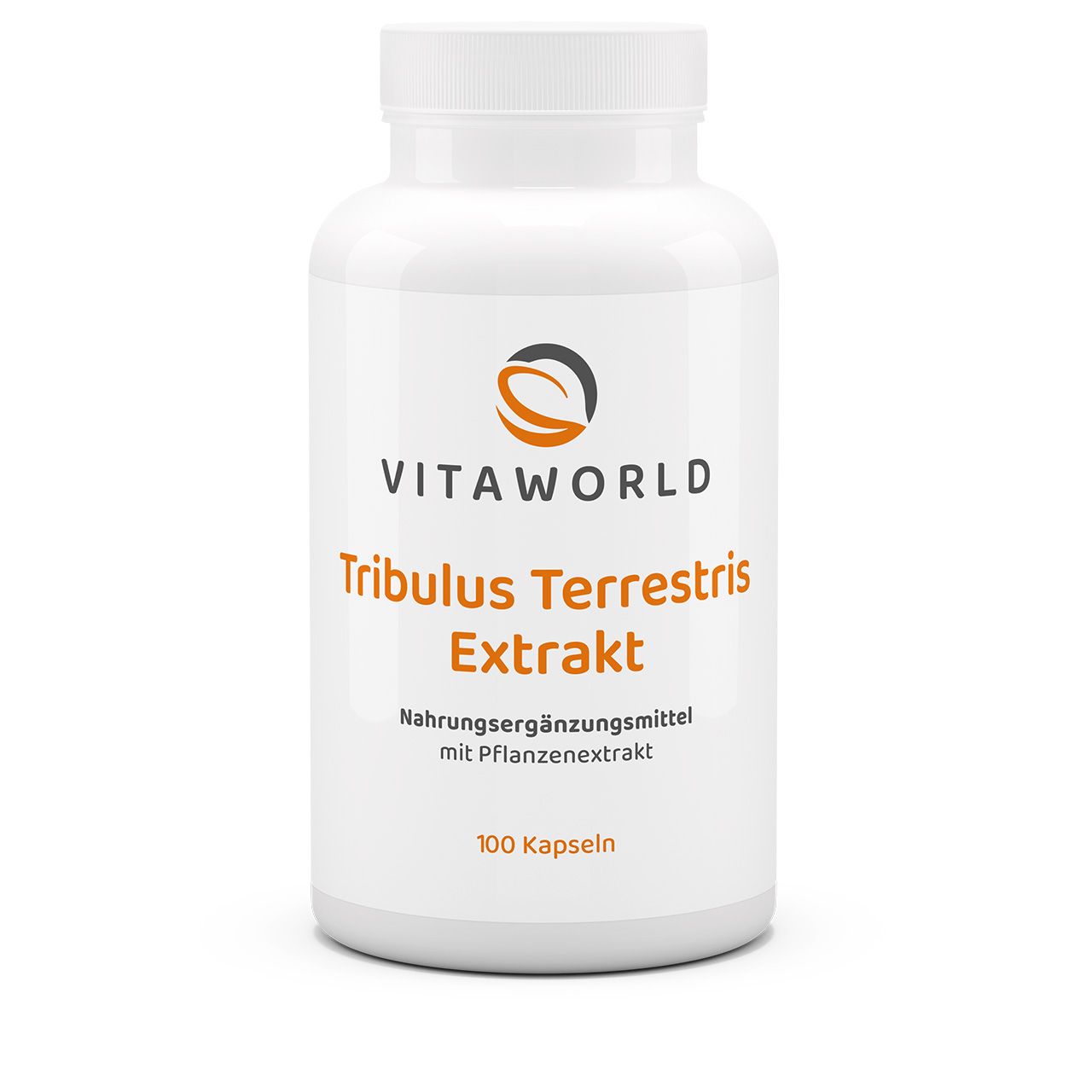
- 500 mg powerful tribulus extract with high saponin content
- For men who want to consciously support their natural strength
- Natural support during active phases of life
Content: 0.062 Kilogramm (€208.06 / 1 Kilogramm)
